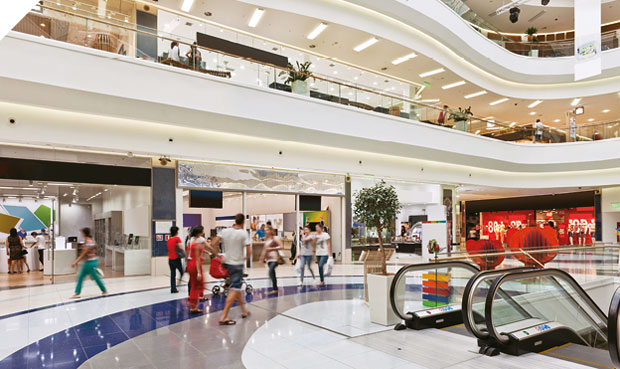The risk of contracting colds, flu and new COVID variants inevitably rises whenever people congregate to party. Lee Radzki from Tork manufacturer Essity considers ways of reducing cross-contamination in the public washroom this winter
It has been three short years since the news came through that Christmas, as we knew it, was cancelled. The memory of 2020 still haunts us all. That was the year when festive get-togethers were banned which meant many people were forced to spend the holidays alone.
And in the intervening years, countless more Christmas plans have been derailed by one or other family members catching the virus and being obliged to self-isolate instead of joining in the fun.
So we are warier than ever of falling ill over the festive season. But at the same time, we still want to socialise with friends and family.
However, as new COVID-19 variants emerge and as the flu season kicks in, there is little we can do to completely eliminate the risks of succumbing to an illness short of staying home alone for the entire festive break. And the risks spill over into January when the New Year party season coincides with a heightened chance of catching winter colds and flu.
Some risks can be mitigated, of course. When socialising in restaurants and bars, anyone who is particularly vulnerable can choose to frequent quieter venues where they will be better able to socially-distance from other customers.
WASHROOM WARY
But all bets are off as soon as they need to visit the washroom. During any festive celebration, people are likely to be drinking more than usual which will inevitably translate into more frequent trips to the washroom. And the facilities will become crowded and congested as a result.
It can be difficult to avoid coming into close contact with other people in busy toilets since these are typically fairly confined spaces. When queueing, washroom users will be standing close together and breathing the same stale air because many facilities are unventilated. And after having to stand in a lengthy queue, visitors are more likely to skimp their hand hygiene in order to be able to return swiftly to their table. So their hands may still be contaminated with germs which they might then pass on to others.
So all efforts should be made to reduce the washroom queues and to make them into safer places for everyone.
Queues tend to form in toilets where the hand hygiene facilities are difficult to use or where supplies of soap and paper have run out.
A cubicle with no toilet paper will quickly be considered “out of action”, and the same will apply to a hand basin that offers no soap supply. And if the taps are stiff and unwieldy; the soap supply is difficult to access or if hand drying takes too long, further congestion will occur.
Soap dispensers should therefore be easy to use and provide a long-lasting supply to avoid the risk of run-outs. They should also be quick to refill, preferably with a cartridge system since this allows a refill to be snapped into place in seconds.
Hand dryers can lead to queues since these require washroom visitors to stand still for 10 seconds or more while their hands are thoroughly dried. A high-capacity hand towel dispenser is a good alternative since this will allow the visitor to take a towel and move on, drying their hands as they go while freeing up the unit for the next user.
TECHNICAL APPROACH
Run-outs can be difficult for staff to predict, particularly in the washroom of a particularly busy venue. However, a digital system that “connects” the washrooms will remove the guesswork and allow cleaners to stay ahead of the game.
These systems enable cleaners to check remotely via a smartphone or tablet when dispensers are running low and which washrooms are coming in for particularly heavy usage. This will allow them to target those washrooms where extra attention might be needed and help to ensure that dispensers are kept topped up at all times.
Tackling the problem of washroom congestion is only one way of reducing the risk of contracting illnesses during the festive season. There are other measures that can be employed to enhance washroom safety for example, the facilities should be kept well ventilated by installing fans, leaving windows open where possible and replacing outer doors with partitions to improve the airflow.
Strategically-placed signs and posters will remind people of the importance of hand hygiene and the risks involved with touching contaminated surfaces. And hand sanitiser dispensers should be sited in prominent places outside the facilities and kept permanently topped up to supplement the hand washing facilities.
Being ill over the festive period is something we are all keen to avoid – and publicly-used washrooms can present a clear risk. However, washroom providers can play their part in keeping people healthy by facilitating good hand hygiene, reducing the crowds and by ensuring there is a long-lasting supply of soap and paper products provided at all times.






